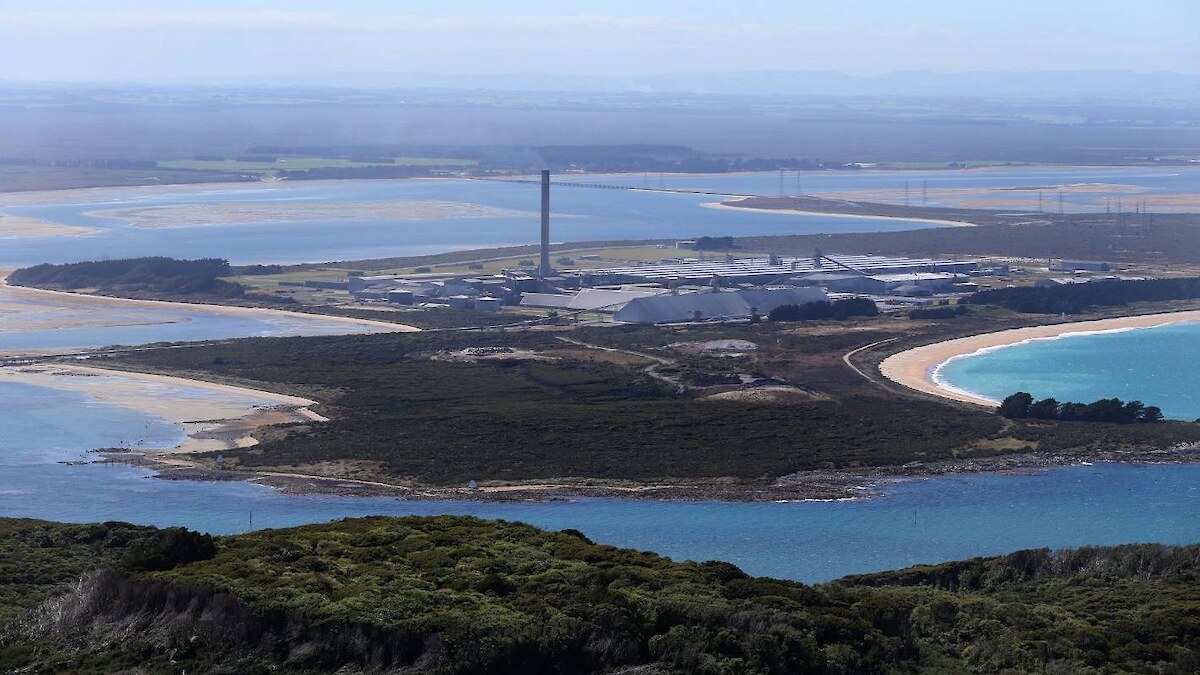Community Meetings to Discuss Recent Tiwai Smelter Environmental Monitoring Reports
Environment Southland have released its own independent environmental monitoring report around the situation at the Tiwai Aluminium Smelter, operated by NZAS.
It follows a similar report released by Rio Tinto / NZAS last week, conducted by global engineering consultancy GHD (PDF, 92.20 kB).
Awarua Rūnaka has been a part of a joint working group with Rio Tinto and NZAS since 2022, to look at the development of an appropriate remediation strategy and plan. The two reports completed by NZAS and Environment Southland will help with that process.
 Image provided from Stuff page https://www.stuff.co.nz/business/76144276/tiwai-point-aluminium-smelter-has-reassuring-start-to-2016-as-new-zealand-dollar-and-alumina-prices-fall
Image provided from Stuff page https://www.stuff.co.nz/business/76144276/tiwai-point-aluminium-smelter-has-reassuring-start-to-2016-as-new-zealand-dollar-and-alumina-prices-fall
There is an opportunity for the community to find out more about this siutation.
Two community forums are planned to enable whanua and members of the community to find out more on these reports from NZAS Leaders, their environmental experts, and members of the Joint working Group.
- Invercargill: Tuesday 21 November at Transport World, 491 Tay Street from 5.30-7pm
- Awarua: Wednesday 22 November at te Rau Aroha Marae, 8 Bradshaw Street Bluff, from 5.30-7pm
Key findings of the Environment Southland EHS Report:
Key findings from EHS Support’s independent monitoring of the coastal marine area surrounding Tiwai smelter site in early 2023 include:
- Sources of contamination within operational areas of smelter have generated widespread groundwater contamination that is discharging into the coastal marine area.
- The scale and nature of the contamination recorded is less than expected as the nature of the Bluff Harbour and Foveaux Strait receiving environments both attenuate contaminant discharges to varying degrees.
- There are unlikely to be higher order or human health risks via contaminant bioaccumulation through the food chain. This determination requires further biological testing to provide a more affirmative conclusion.
- The extent of the groundwater contamination plume discharging from the landfill to Foveaux Strait is extensive (approximately 1 km wide) with the effects from this discharge currently being assessed through the re-consenting process for the NZAS landfill.
- Discharges of contaminants occur via the consented stormwater drains (above environmental screening values) posing potential chronic and at times acute effects to ecological receptors.
- There are first flush stormwater discharges from the north drain that extend beyond the mixing zones at concentrations greater than environmental screening values and consented limits. Sediment and pore water concentrations above environmental screening values extend beyond the mixing zones of the north drain.
- Groundwater discharges are occurring within the smelter domain and spent cell liner pad areas that exceed groundwater environmental screening values.
- It is clear that concentrations exceed ecological screening values within the coastal marine area to the west of the landfill (in Bluff Harbour).
- Soil contamination along select foreshore areas investigated recorded contaminant concentrations that could pose a potential terrestrial ecological risk (notably south and west drains, east landfill area, Inalco area, and spent cell pad area).
- The consent stormwater sampling is potentially under reporting contaminant concentrations beyond the mixing zone during certain flow conditions and does not address sediment or pore water contamination within the drains and broader receiving environment.
- Given the ease of public access to Bluff Harbour and the discharge points for the stormwater drains, measures should be implemented to warn the public.
[Note: We are asking NZAS to erect signage at the discharge points to alert the public of the industrial discharges.]
The full EHS report is available on the Environment Southland website.
The full GHD report is available on the NZAS website
Posted: 16 November 2023
